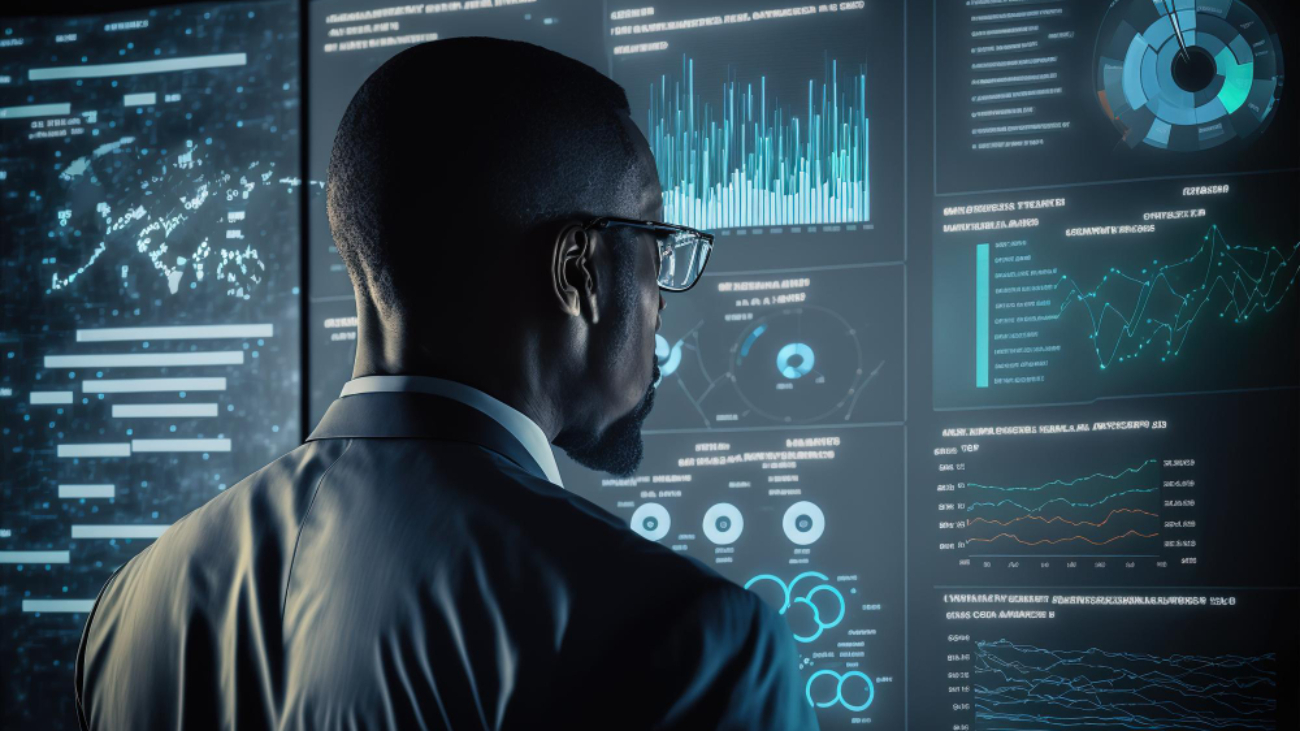The current era is one that is marked with technology touching every field and industry, from e-commerce to airlines observed Bahaa Abdul Hadi. The majority of big businesses manage their operations with automation. The digital space is a crucial part of most organizations. Digital operations and networks provide organizations and businesses with key safety systems, the need of the hour to keep companies secure. Nonetheless, the security that is related with identity is a challenge for governmental and non-profit bodies. Consequently, the public sector faces the brunt of security issues and identity management is a must here.
Identity security has to be user-friendly in the public sector. This has not been the case so far. With a navigable interface that is easily understood, an identity management system can go a long way to promote safety in operations.
An Identity Management System – The Basics
An identity management system should, ideally, be mandatory in every organization. Whether an organization is in the private or public sector, identity management systems can go a long way in keeping resources and confidential data secure. This is a technologically advanced digital system that allows specific personnel authorized to access information. In case any unauthorized staff attempt access, the system detects this and raises an alarm. Since confidential data exists in all organizations, either pertaining to staff, clients and other sources, an identity management system can do wonders to safeguard data.
How it Works
The primary functions that an identity management system tackles are identification of personnel, authentication of personnel, and authorization of personnel. This translates to special access for particular individuals to use any information or act on it. Any identity management system includes the following:
- A detailed database, containing information about particular individuals in the organization.
- Certain devices responsible for the tracking of profiles, modification of profiles, and the deletion of profiles.
- Systems for audit and to access the historical information pertaining to the access of information and log-in information.
Uses of Identity Management Systems
Governmental bodies, either at the local or central level, must have identity management systems to track the information of citizens and access it when the need arises. This can happen easily and quickly from a single platform. Such an identity management system is of great importance in keeping records of citizens safe and accessible given the high rise in population. In the current scenario, there are some systems in place, and these are:
- Authentication which is Risk-based – Without any physical requirement, consumers can easily access certain apps through solutions that are based on a person’s profile of risk. When systems determine that the identity of an individual attempting to access a portal is not risky, the person may access it with ease.
- Login without a Password – Passwords may be created for safety, but more often than not, they get forgotten. Worse still, people write them down, and they get stolen. The older generation is more at risk of this occurrence. Consequently, a system where no passwords are needed can be a boon.
Last Words
There is not a single area of daily life that is not touched by technology today. In such an atmosphere, technology works to create safety and security for vulnerable populations and organizations that have sensitive information.
Thank you for your interest in Bahaa Abdul Hadi blogs. For more information, please stay tuned to www.bahaaabdulhadi.com







